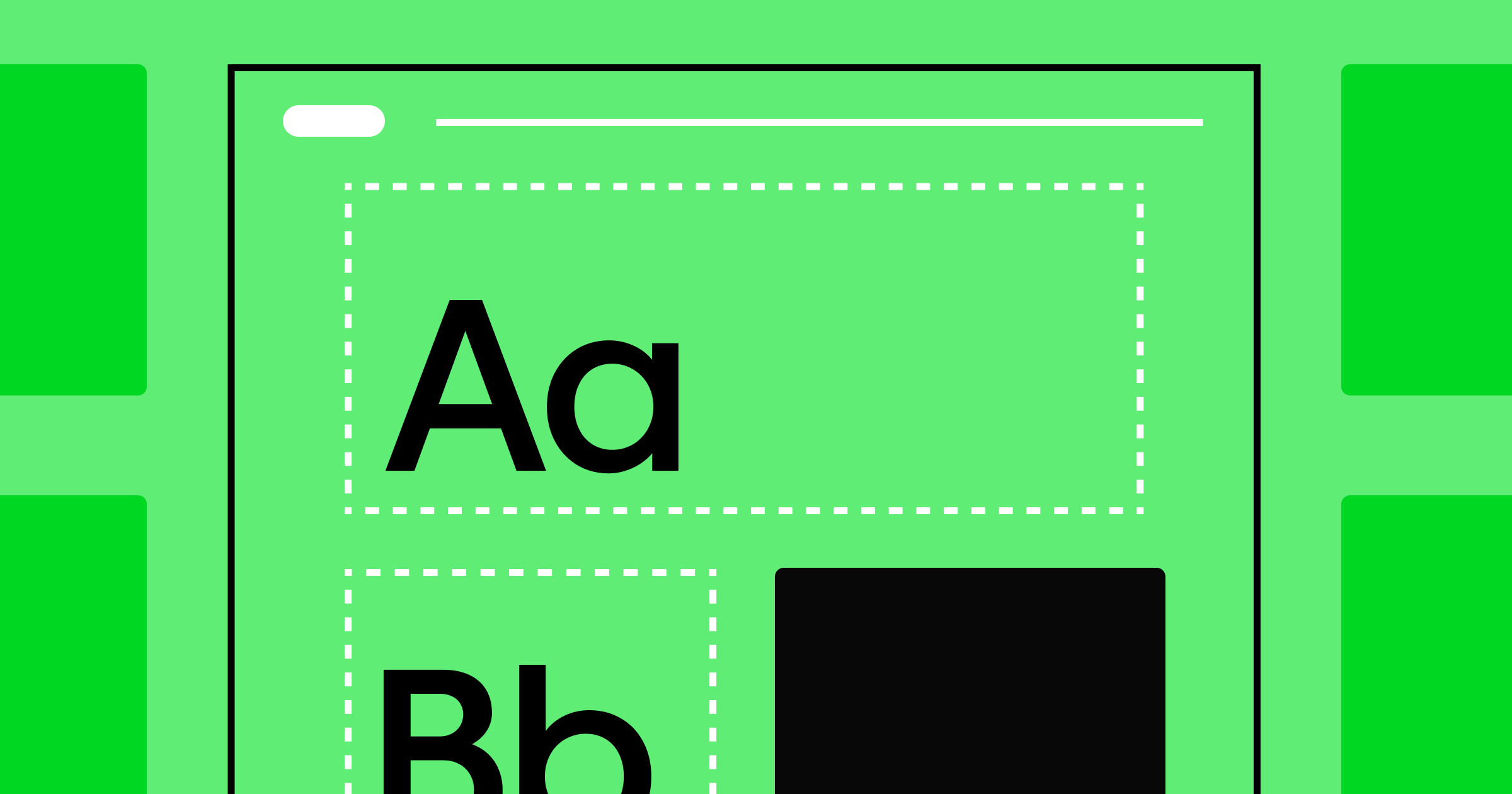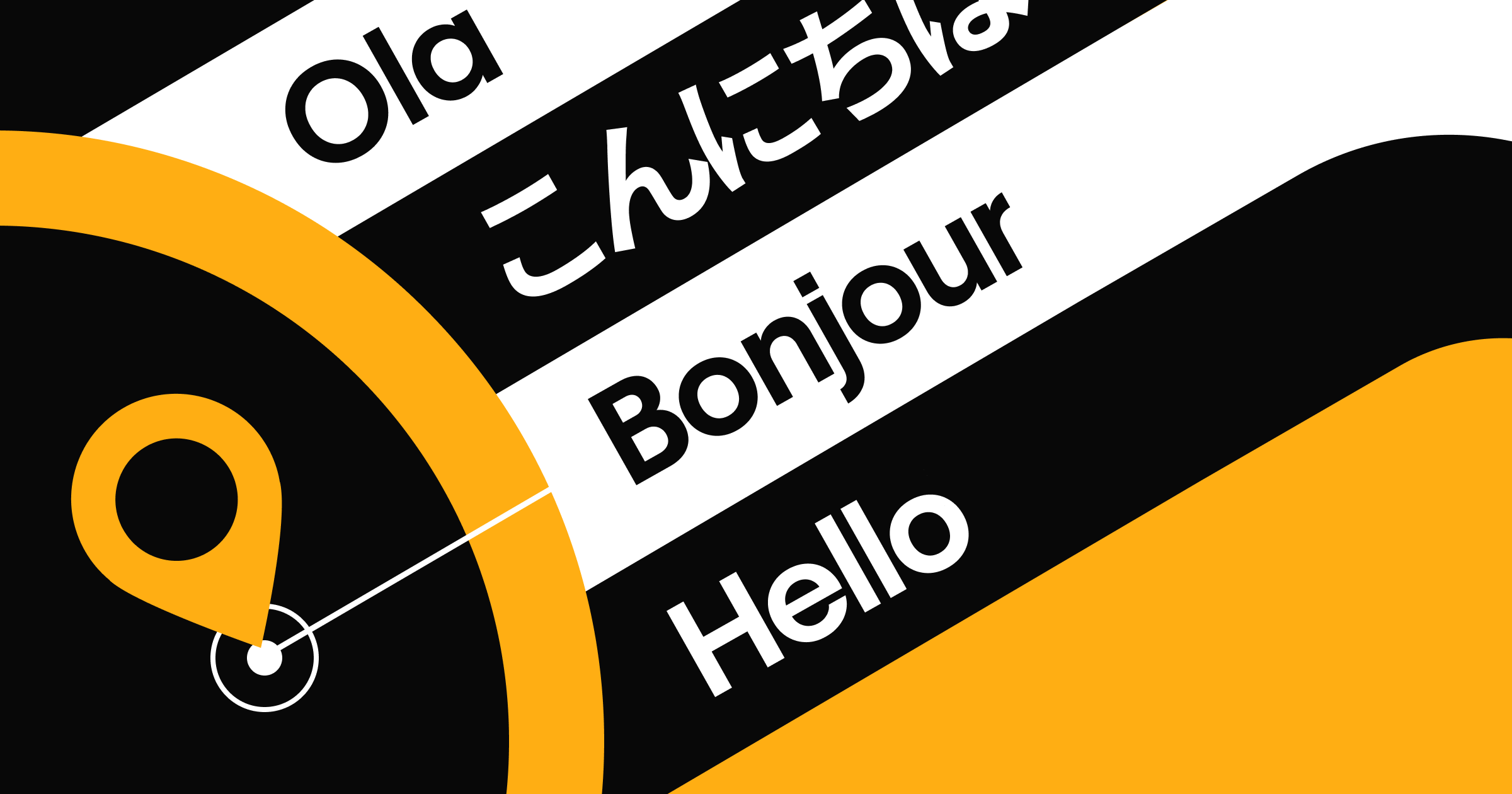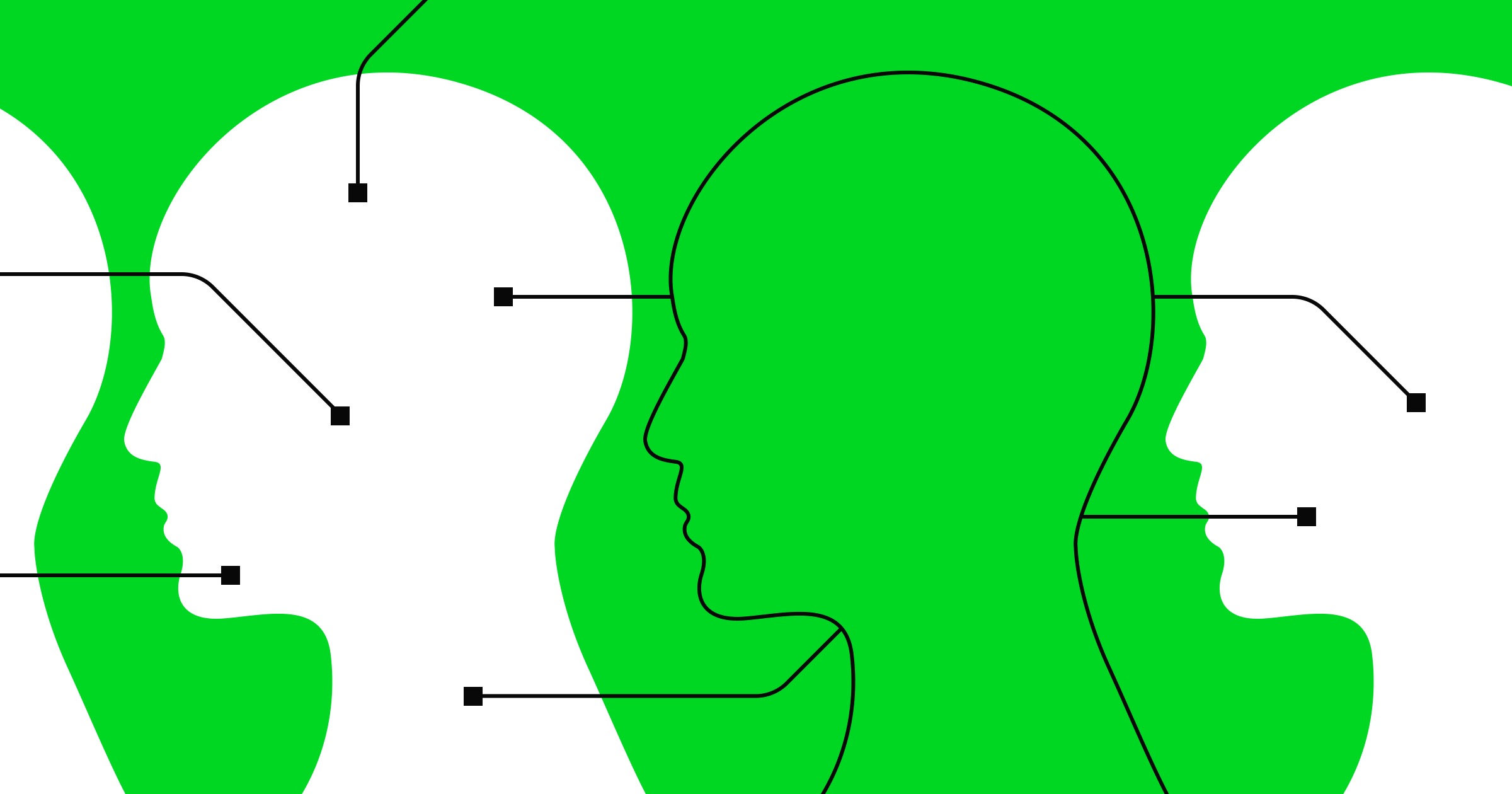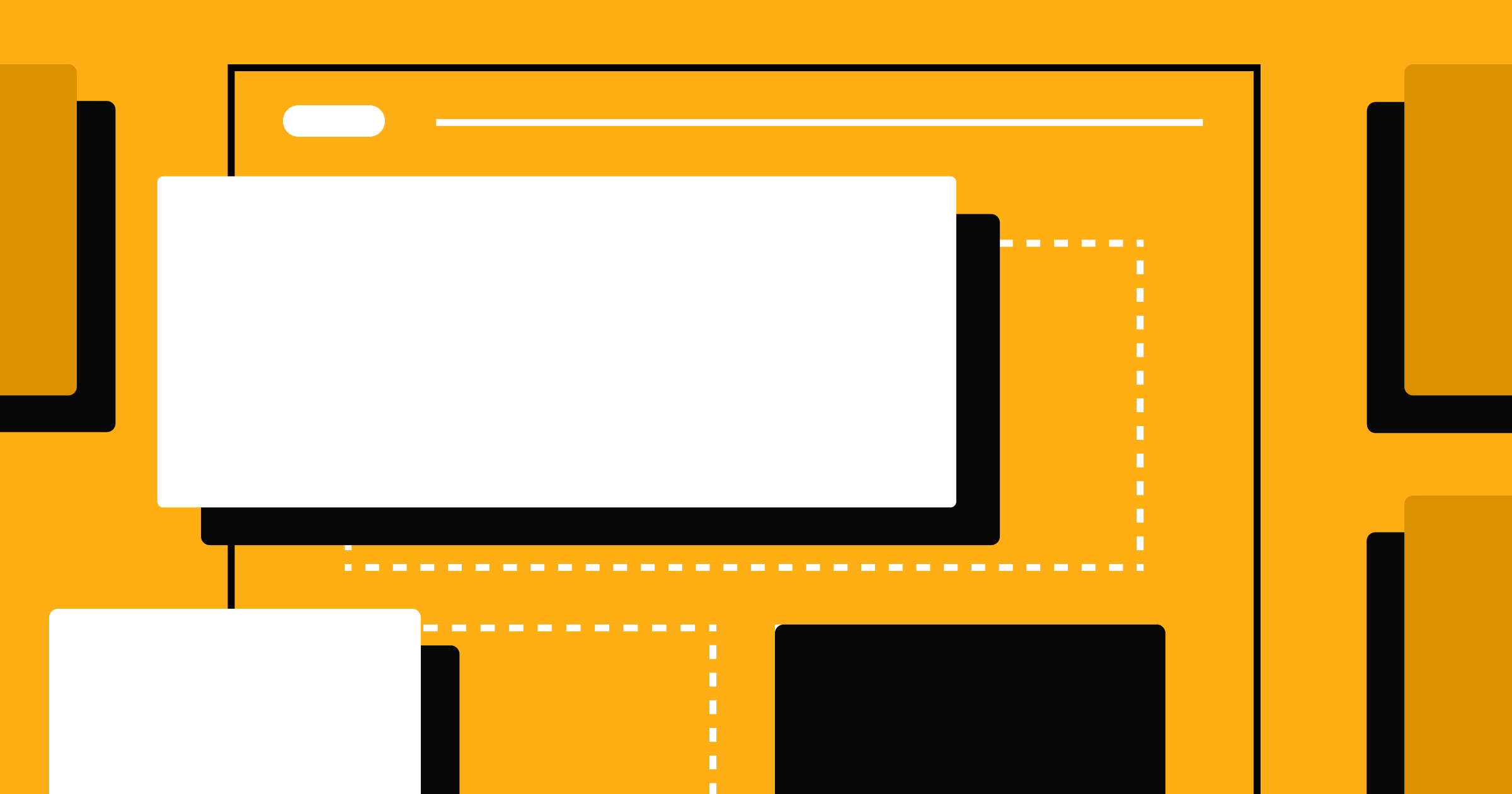The information overload of living in a digital world makes it an uphill battle for marketers to capture fleeting user attention spans.
Time is precious, and only the brands that manage to stand out can attract, win, and retain customers.
One tried-and-true digital strategy has proven particularly effective at cutting through the noise: personalized website content.
Personalized web content goes beyond simply addressing users by their first name; it's about curating an online experience so tailored and relevant that your customers feel seen and understood. This type of content not only elevates the user experience but creates strong affinities with your target market as well.
Let’s take a deeper look at everything you need to know about personalized website content to take advantage of this digital strategy and transform customer engagement with your online business.
What is personalized website content?
Personalized web content is a digital strategy where you adapt content to cater to each user's unique preferences, behaviors, historical interactions, and needs. It's the opposite of an email blast or a one-size-fits-all marketing approach. Instead, it's an ever-evolving system that adjusts in real time to give each visitor the most applicable content to their interests.
Whether it's as simple as showcasing a user's name when they log into an account or as intricate as curating product recommendations based on their browsing history, personalized web content is all about making the digital experience more relevant and engaging for each user that interacts with your brand.
Personalization comes in a variety of shapes, sizes, and flavors. Here are some mechanisms you can consider to help create personalized web content:
- Dynamic content: This is content that changes based on a set of predefined rules or conditions. For instance, a website might display different banners or promotions based on the user's past purchases or browsing behavior.
- Tracking user behavior: To tailor content effectively, you'll need to understand user behavior. This involves collecting and analyzing data on what pages users visit, how long they stay, the links they click, and other actions they take on the site.
- Cookies and session data: These small data packets stored on the user's device play an important role in personalization. They help websites remember users, store their preferences, and provide relevant content on following visits.
- User profiles and accounts: By allowing users to create profiles or accounts, websites can store personal preferences, purchase histories, and other relevant data. This stored information can be leveraged to offer more personalized experiences during future visits.
- AI and machine learning: As technology advances, many sites now employ AI and machine learning algorithms to predict user preferences and automate the personalization process. These technologies can analyze vast amounts of data to detect patterns and make content recommendations with heightened accuracy.
The goal of these mechanisms is to collect, analyze, and use data to deliver content and user experiences that speak directly to each user's interests and needs.
The power and importance of personalized web content
Nowadays, personalization isn't just a nice-to-have — it's a necessity. With countless sites competing for user attention, standing out and resonating with your audience requires more than just quality content. Successfully connecting with users demands personalization.
Personalized content is the bridge that connects your unique brand with customers, helping you deliver memorable experiences that leave a lasting impression and edge out your competition.
Personalized web content improves the online experience and also provides plenty of other compelling benefits:
- Personal relevance: It's not just about offering content — it's about providing the right content. Personalized web content tailors the user experience to individual preferences and behaviors to ensure resonance that generic content doesn't deliver.
- Enhanced engagement: When users encounter content that speaks directly to their interests and needs, they're naturally more engaged. This leads to more time on the platform, content interaction, and immersion into what your site offers.
- Boosting conversion rates: When users see content and offers that are tailored to their preferences, they're more likely to complete a purchase, sign up for a service, or engage in any other conversion action. This directly translates to increased sales and revenue for your business.
- Enhancing customer loyalty and repeat business: When users feel understood and catered to, they're more likely to return to your website or engage with your brand again in some capacity — increasing brand loyalty and opportunities for repeat business.
- Reducing bounce rates: First impressions matter. When users land on a site and are immediately greeted with content that appeals to their specific interests and needs, they're less likely to leave in search of something better.
Localizing your content
While personalization often revolves around catering content to an individual's preferences, localization extends this idea to cater to entire demographics, regions, or cultures. And with a rapidly globalizing world, this is even more of a must-have for businesses aiming for global reach and resonance.
Localization isn't just translating content, either. It involves adapting digital content to meet the linguistic and cultural nuances and requirements of a specific market or audience. This could include everything from imagery and idioms to particular products and service regulations.
And making the switch to localized content makes a huge business impact. Studies have shown that localized content receives 12x the engagement of non-localized content — making it a no-brainer for global companies.
Here's how localization brings you closer to ultimate personalization:
- Regional preferences: Different regions have varied preferences when it comes to design aesthetics, cultural norms, and even shopping behaviors. For instance, what works for one audience might not resonate as well with an audience from halfway across the globe.
- Beyond literal translations: Proper localization goes beyond simply translating words. It involves understanding the context, idioms, and cultural nuances of the target language. For instance, a phrase considered casual and friendly in one language might come off as rude or informal in another.
- Visual adaptations: Imagery, graphics, and other visual elements need to be adapted to be culturally appropriate and relevant. What's considered a symbol of prosperity in one culture might be seen as a sign of bad luck in another.
- Cultural sensitivities: Every culture has topics or themes that are considered taboo or sensitive. By understanding and respecting these sensitivities, your brand can avoid potential pitfalls and controversies.
- Date, time, numeric formats: Something as simple as the format in which dates, times, or numbers are presented can greatly impact a user's experience. By localizing these formats to match local customs, your brand can make content more intuitive and user-friendly for your target audience.
- Local holidays and events: Whether it's creating special promotions around a local holiday or crafting content that celebrates a regional festival, this level of personalization can foster a deeper connection with the audience.
Best examples of powerful personalized websites
The power of personalization is apparent across digital platforms and industries, from music streaming to e-commerce. Here's a look at some industry leaders who've harnessed the benefits of personalization:
Spotify
Spotify builds custom playlists for users by analyzing their listening history and musical preferences. This gives users a unique listening experience and exposes them to new tracks and artists aligned with their tastes.
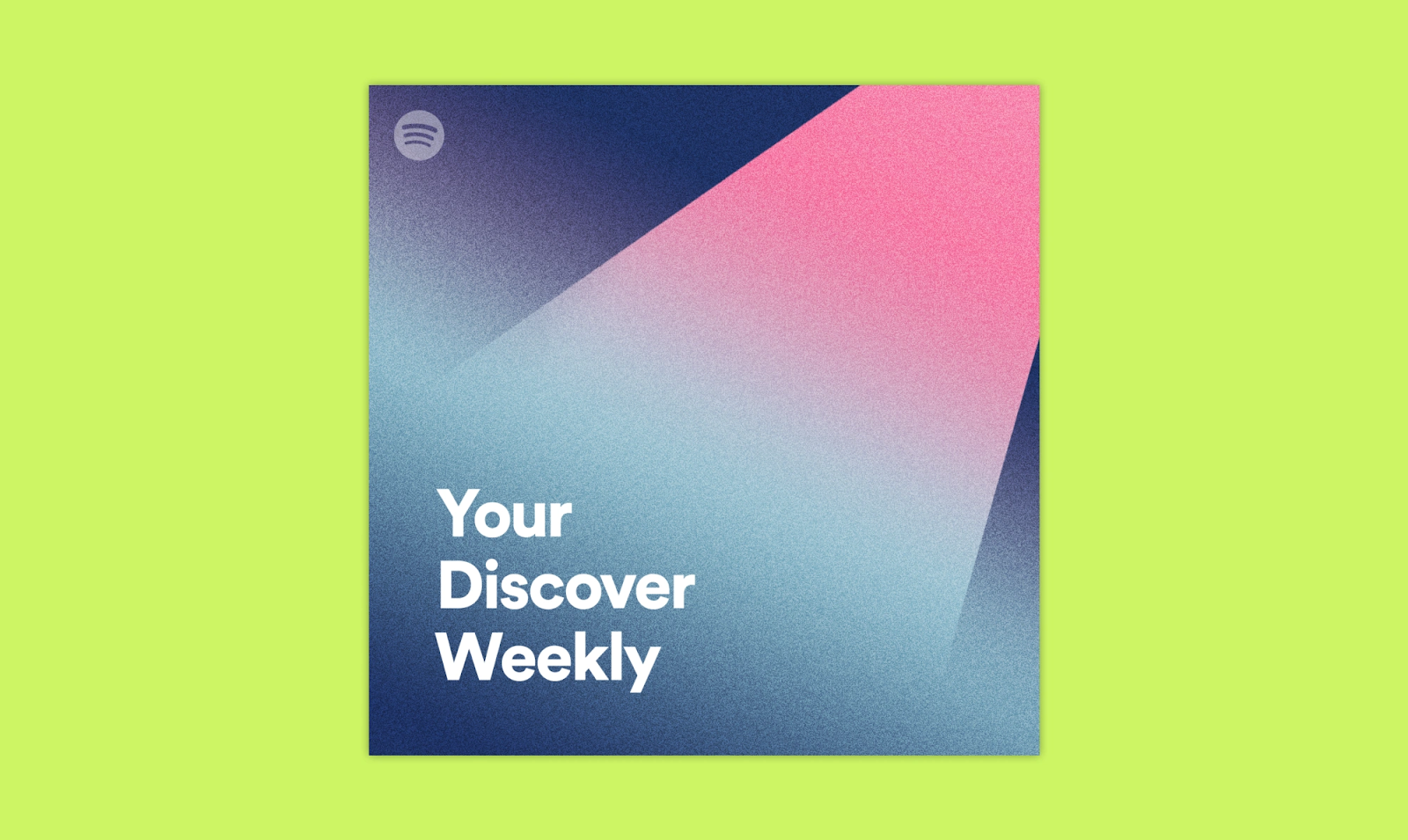
Netflix
Netflix uses viewers' habits, genres liked, and even specific episodes or seasons watched (or quit early) to suggest shows and movies that align with individual viewing preferences, enhancing content discoverability and user engagement. They even tailor the content thumbnail images to users’ individual preferences.
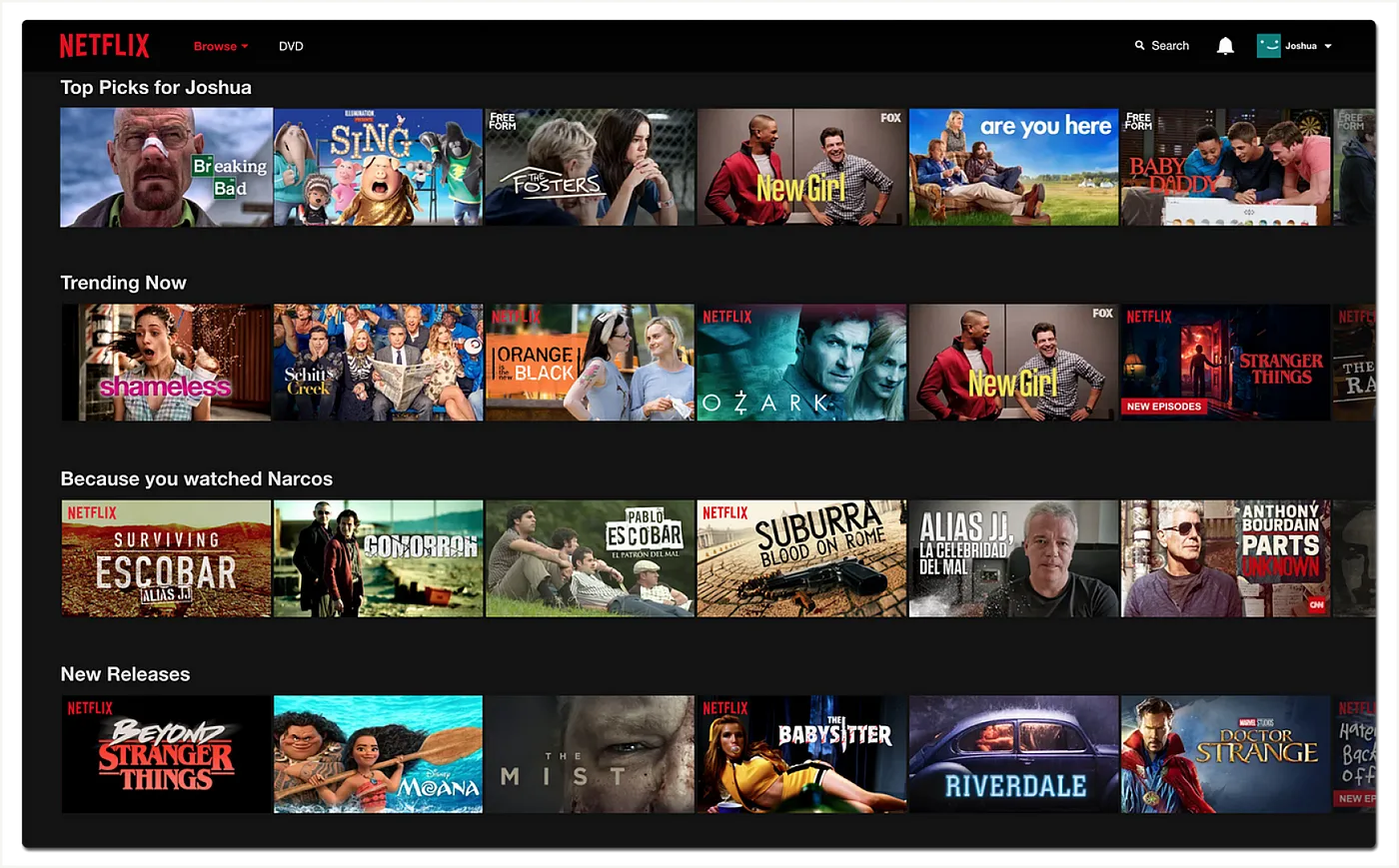
Amazon
Amazon fills users' shopping carts with personalized product suggestions. By analyzing a user's past purchases, searches, and browsing behavior, it suggests products that are most likely to resonate with users. This boosts sales and enhances the shopping experience by offering relevant products upfront.

OrangeTheory
OrangeTheory (one of our 2023 Webflow Award Winners) recognizes the varied purchasing power and economic dynamics of different regions. It adjusts for this by implementing location-based pricing dependent on the users.
OrangeTheory goes a step further by personalizing class schedules and types based on the demand and preferences of each region. This ensures that members can access classes that align with local interests and peak times.
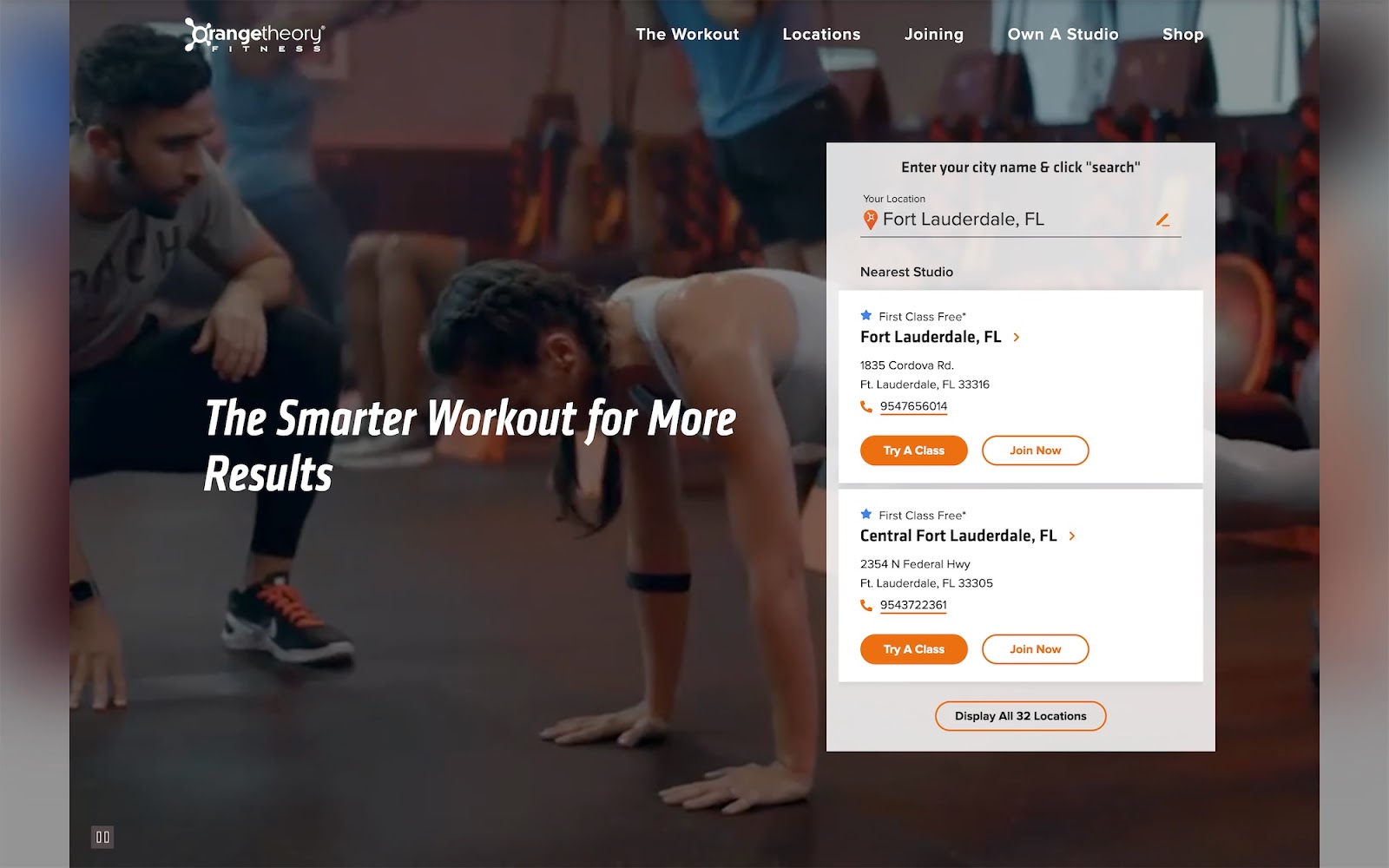
Capitalize on the Webflow advantage
Ready to create more personalized website content for your target markets? We're here to help you make it happen.
We provide the built-in tools and functionality you need (both in design and backend capabilities) to give your business a distinct edge over competitors when it comes to building content that truly resonates with its audience.
With the recent launch of Webflow Localization, your business can now tailor sites for audiences worldwide with personalized web content. Ready to experience the revolution in web content? Get started with Webflow for free today.



















Webflow Enterprise
Trusted by over 300,000 of the world’s leading brands, Webflow Enterprise empowers your team to visually build, manage, and optimize sophisticated web experiences at scale — all backed by enterprise-grade security.






